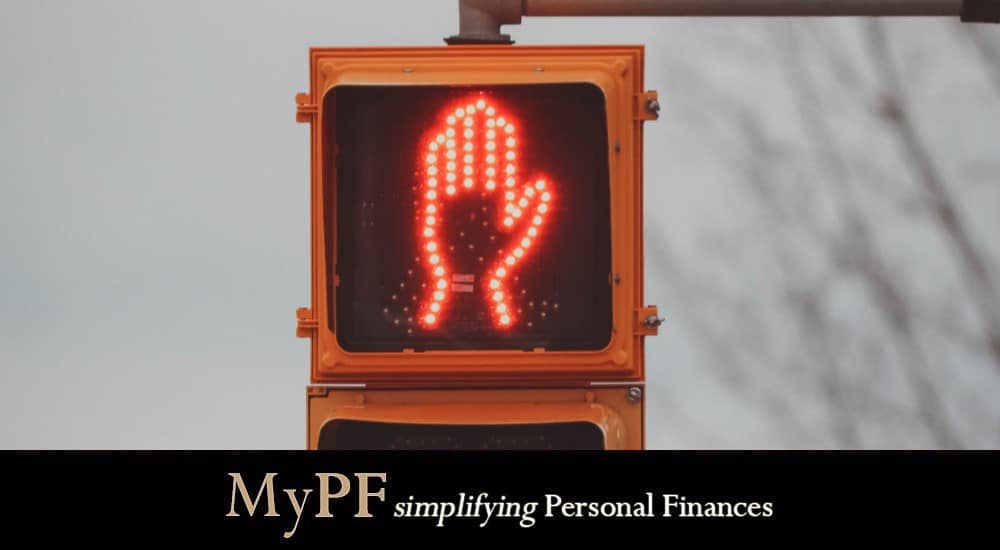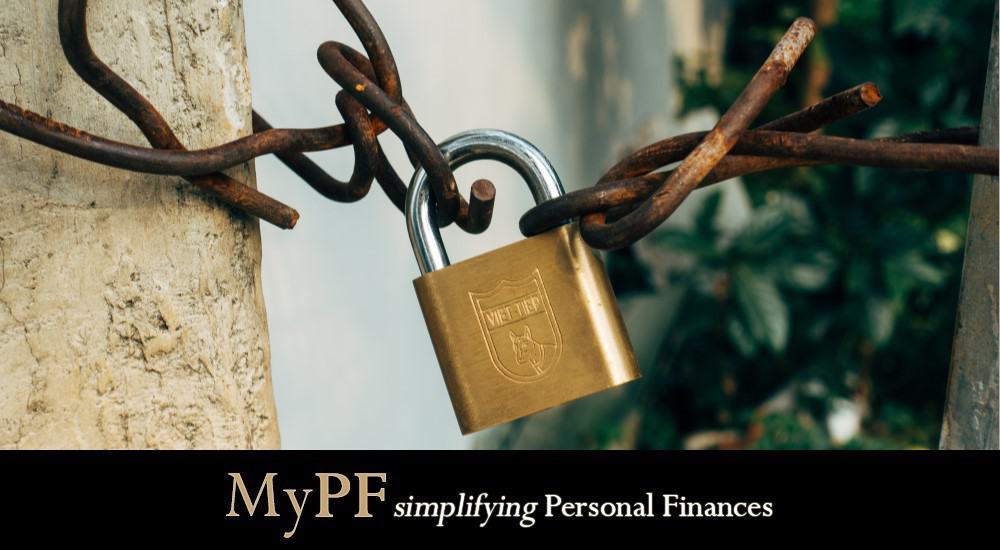No one likes losing money to a financial fraud, so arm yourself with the tools necessary to educate yourself and defend against these malicious schemes.
The term financial fraud refers to any type of dishonesty perpetrated in the context of financial dealings for the sake of private benefit and is a huge issue for finance and fintech in Malaysia. Fraud is both a crime and a civil law offense. Many incidents of fraud include complex financial transactions carried out by ‘white collar criminals,’ such as corporate experts with specialized knowledge and criminal intent.
A dishonest investment broker, for example, may offer clients the option to purchase shares in precious metal vaults. His professional investment background lends to his reputation, which can lead to justified credibility among potential clients. Those who feel the offer is genuine give large sums of money in exchange for authentic-looking bond documents. Victims may sue the investment broker for fraud if he is fully aware that no such repositories exist and nonetheless takes payments for worthless bonds.
Fraudsters can contact their potential victims in a variety of ways, including face-to-face engagement, mail, phone calls, SMS, and/or emails. The difficulty of verifying individuals’ and companies’ identities and legitimacy, the ease with which fraudsters can divert visitors to bogus sites and steal personal financial information, the international dimensions of the web, and the ease with which fraudsters can conceal their true location all contribute to internet fraud being the fastest growing area of fraud.
Contents
#1. Always Ask Questions
Certain stakeholders are inherently more motivated to commit fraud than others. If you run a business, these are some questions to ask to help ensure that your firm remains vigilant against fraud:
- Are there any examples of unusually favorable or unfavorable financial terms with banks?
- Are there any suppliers who appear to be getting disproportionately big shares of the business or are being paid considerably over market rates?
- Do some customers appear to be getting much better prices and terms than others?
These types of questions can help identify persons who are more inclined to commit fraud against your firm. Investigating the answers can help you stay one step ahead.
#2. Verify The Person Contacting You
A scammer takes your identity and utilizes your personal information, bank account or credit card credentials to perform illicit online or in-person transactions and purchases. They typically get a victim’s personal information by impersonating someone from an authority (such as a bank or government office) and convincing the victim that personal information is required for official purposes. Other illicit methods of obtaining the same information include skimming, card cloning, phishing, vishing, and spoofing.
Be wary of unexpected phone calls from people claiming to be in positions of authority and requesting personal and bank account information. Identify the individual by calling the specified organization.
#3. Secure Your Banking And Credit Accounts
Here are some of the steps you can take to monitor and secure your transactions, either banking or using a credit card.
3.1. Set Up Text And/Or Email Alerts For Your Bank Accounts.
Most individuals who use online banking understand that you can securely access your account at any time, check balances, and pay payments. Mobile deposits are also available with accompanying mobile e-banking apps. However, many internet and mobile users ignore text and email account alerts.
You can configure alerts to tell you when an account receives a deposit, a transaction is conducted, your debit card is used, or your balance hits a specified threshold. By doing so, you can detect any unauthorized activity on your account before it does serious damage.
3.2. Set Up Text And/Or Email Alerts For A Weekly Balance Update.
While many people make frequent withdrawals from their checking accounts, other people’s savings accounts go unchecked for long periods. If you go a week without making a withdrawal or deposit, you will still receive a weekly balance update informing you of any changes from the previous week.
Having an extra credit card for emergencies is also not uncommon. Setting up a weekly credit card balance alert can help you determine whether the card has been used without your knowledge.
3.3. Set Up Text And/Or Email Alerts For Credit Card Transactions.
Credit card notifications, like banking account alerts, should be established for charges that exceed a predetermined dollar level. You can also receive alerts for cash withdrawals made with a credit card or if your balance falls within a specific amount.
3.4. Contact Your Bank If You Plan To Travel.
If you want to travel for business or vacation, consider creating a travel alert. This way your bank can correctly allow foreign transactions.
3.5. Don’t Email; Use Secure Online Banking Instead.
Contacting your financial institution by email is not a good idea. Because the recipient has no means of knowing who sent the email, the bank or credit union will be unable to respond and should not send any personal or financial information over email.
#4. Take Precautions when Online
The Internet is rife with malicious software, spam, and spyware, so keeping up-to-date security software on your computer is essential. And, as the adage goes, “prevention is better than cure,” which applies to all online transactions.
4.1. Use Difficult-To-Crack Passwords
The majority of consumers use common passwords for a variety of activities, including sensitive transactions such as online banking and credit cards. This is for the convenience of remembering the password, which eventually poses a threat to their password security. Make sure you use alphanumeric passwords for all transactions.
4.2. Avoid Using Public Wi-Fi When Conducting Online Transactions
Always use your personal computers or mobile phones to conduct any type of transaction. Also, always connect to the internet using a secure Wi-Fi connection that is password protected. Doing financial transactions via a public Wi-Fi connection is extremely risky and should be avoided.
4.3. Don’t Reply To Emails Requesting Personal Information
Any promotional emails requesting your bank information should be ignored and reported as spam. Keep in mind that your bank will never request your bank credentials.
4.4. Don’t Respond To Emails Promising Discounts
You may be receiving a lot of promotional emails from retailers. However, it is always recommended that while using such offers, you go directly to the seller’s site rather than entering details in the coupon link, which is frequently given by third parties.
4.5. Examine The SSL Certificate Of The Website
Many small sellers do not include security procedures, which may jeopardize your security. As a result, it is usually best to conduct online transactions on websites that begin with “https.” Websites that begin with “http” should not be trusted since they do not use adequate encryption.
4.6. Logoff
Always log out of your bank’s and merchant’s websites after completing an online transaction.
#5. Frequently Change Your Account Passwords
It may be important to change your passwords frequently and to have a variety of passwords for different accounts. Using unique and complicated passwords for all of your accounts is one of the simplest ways to improve your bank account security. It is crucial to avoid using basic, easy-to-guess passwords while creating a password.
A strong password has at least 8 characters that are a mix of letters, numbers, and special symbols. Consider updating your passwords regularly and trying to keep them safe by writing them down or using a password management tool.
Conclusion
It is never too late to secure your online and offline transactions from being the target of fraudsters. Taking the measures stated in this guide will greatly decrease the chance of you being the target, as bad actors usually go after the easier prey first.
How you been a victim of a financial fraud ? Let us know in the comments down below.













Leave A Comment